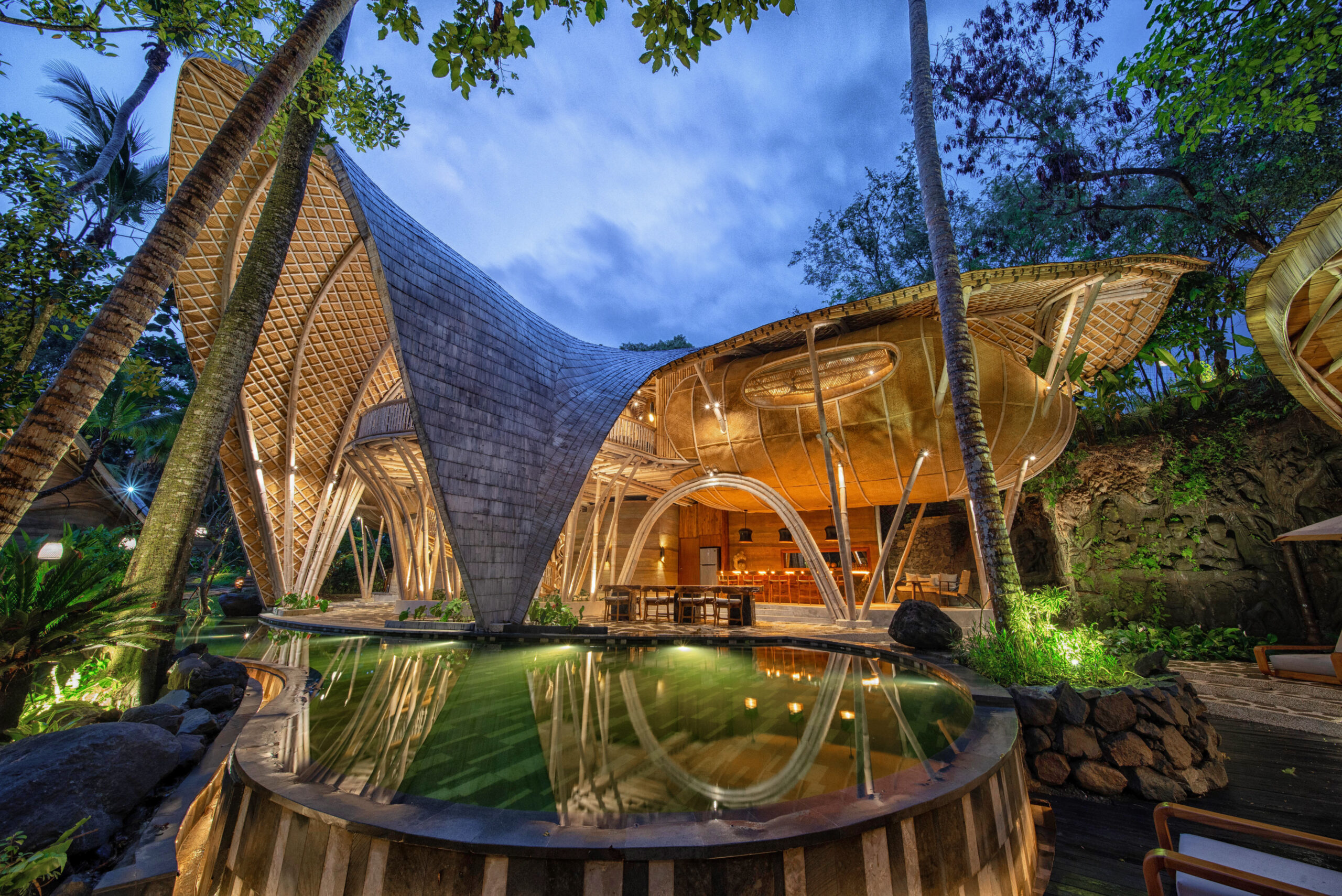Architectural Trends for 2026 — What’s Next in Design and Construction
2026 is set to mark a new era in architecture — one that merges technology, natural materials, and human emotional experience. The global direction is clear: modern spaces will not only be functional and aesthetically pleasing, but also more human-centered than ever before
1. The Return of Natural Materials
Wood, stone, clay, and other organic materials are making a strong comeback. Beyond their ecological benefits, their textures and tones bring psychological comfort to living spaces.
In 2026, designers will lean more toward raw finishes and nature-inspired palettes, allowing materials to tell their own story.
2. Interiors That Shift Your Mood
The psychology of color, dynamic lighting, and sound design will play a central role in interiors. Homes and offices will no longer be static spaces — they will actively respond to the needs and moods of their inhabitants.
3. Eco-Luxury — Merging Sustainability with Luxury
Luxury design and sustainable materials are no longer opposites. In 2026, expect to see more projects where natural wood and stone blend with cutting-edge technology — smart lighting, energy-efficient systems, and handcrafted décor pieces that elevate the atmosphere.
4. Multifunctional Spaces
The shift that began during the pandemic continues — spaces must adapt to multiple purposes. One room may serve as a productive office in the morning and a cozy family lounge in the evening. Flexibility is the new luxury.
5. Emotional Architecture
In an age of standardized forms and mass-produced design, the demand for spaces that create a genuine emotional connection is rising. Whether it’s calm, inspiration, or energy — 2026 will see more projects designed to evoke specific feelings in their occupants.
✨ Conclusion: 2026 in architecture will be human, natural, and technological — a harmonious blend of all three.
If you want your space to be part of the future’s leading trends, the best time to start shaping your design concept is now.

